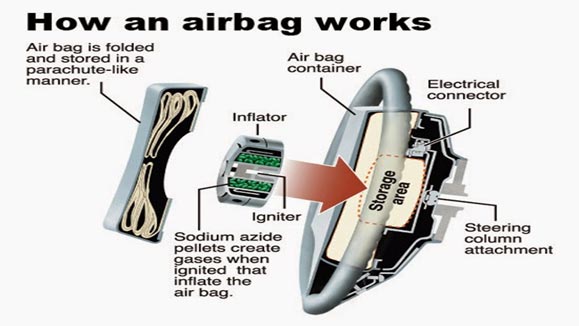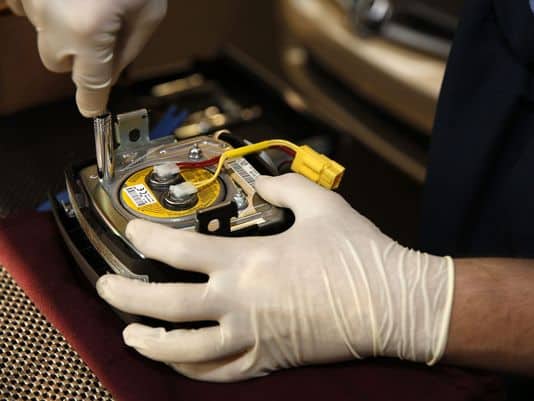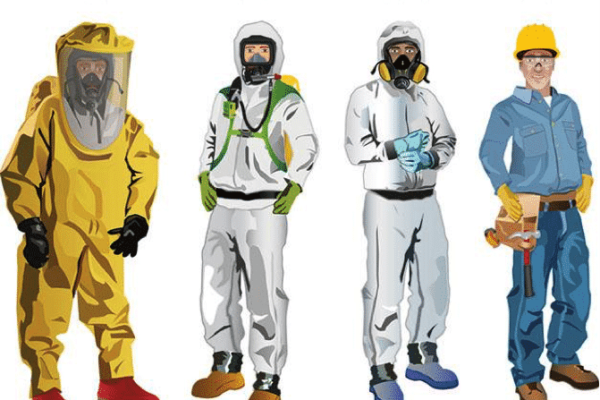
Airbag removal is expensive. It requires precise knowledge, prowess, and a considerable amount of time. Due to this reason, it is very common for airbags to not be removed and instead they get put through a shredder, releasing the toxic gas to the surrounding environment.
National policy regarding airbags removal methods has also been lacking. The EPA has historically let states have the power to decide over how they deal with airbags. Oregon, for example, requires that all airbags containing sodium azide be deployed or removed from a vehicle before it is dismantled.
Airbag Removal


Without these changes, the EPA feared that dealers might stop properly removing airbags altogether; as well as, dealers triggering rules requiring additional costs as hazardous waste generators by handling the inflators. The EPA wants to ensure that airbags are not only properly disposed of, but also, wants to make sure they are destroyed to stop them from being resold.
People that work with cars at dealerships, mechanics, etc. will benefit from these new regulations. By upholding these new hazmat regulations for airbags, the EPA has guaranteed a safer, long term environment.
For more information, follow us each week for the latest hazmat news or contact HazmatHub here.





